Archives
- 2018-07
- 2019-06
- 2019-07
- 2019-08
- 2019-09
- 2019-10
- 2019-11
- 2019-12
- 2020-01
- 2020-02
- 2020-03
- 2020-04
- 2020-05
- 2020-06
- 2020-07
- 2020-08
- 2020-09
- 2020-10
- 2020-11
- 2020-12
- 2021-01
- 2021-02
- 2021-03
- 2021-04
- 2021-05
- 2021-06
- 2021-07
- 2021-08
- 2021-09
- 2021-10
- 2021-11
- 2021-12
- 2022-01
- 2022-02
- 2022-03
- 2022-04
- 2022-05
- 2022-06
- 2022-07
- 2022-08
- 2022-09
- 2022-10
- 2022-11
- 2022-12
- 2023-01
- 2023-02
- 2023-03
- 2023-04
- 2023-05
- 2023-06
- 2023-07
- 2023-08
- 2023-09
- 2023-10
- 2023-11
- 2023-12
- 2024-01
- 2024-02
- 2024-03
- 2024-04
- 2024-05
- 2024-06
- 2024-07
- 2024-08
- 2024-09
- 2024-10
- 2024-11
- 2024-12
- 2025-01
- 2025-02
- 2025-03
-
br Acknowledgment This study was
2024-10-09
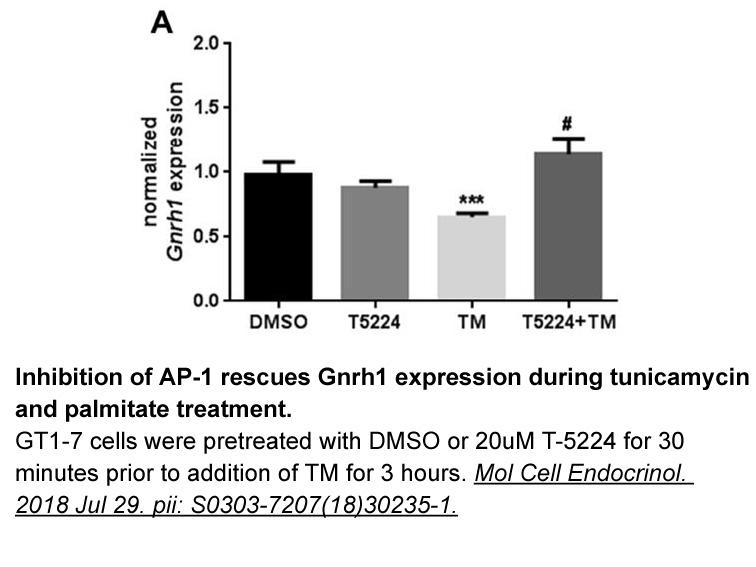
Acknowledgment This study was supported by Japan Society for the Promotion of Science Grants-in-Aid for Scientific Research (KAKENHI) [grant number 15K15031]. Introduction Glioma is the leading malignancy of astrocyte origin in the brain. The most aggressive, invasive, and destructive glioma
-
The relationship between the apelinergic and opioid systems
2024-10-09
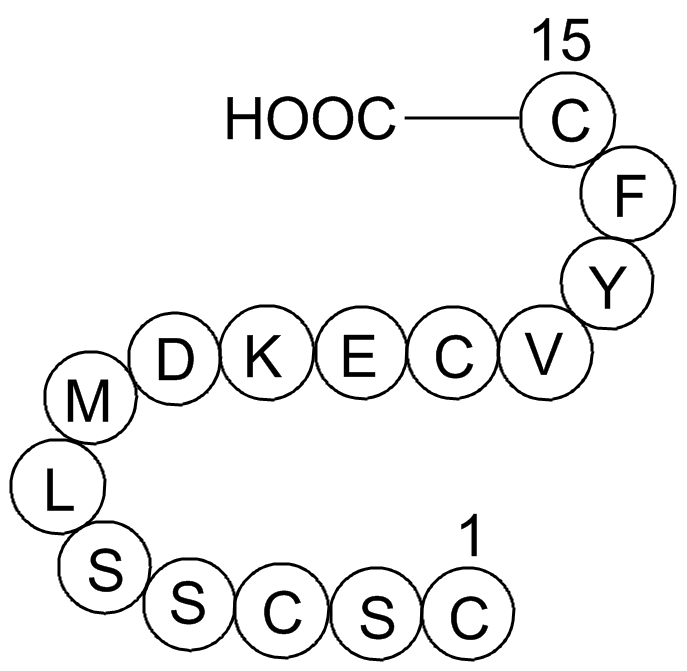
The relationship between the apelinergic and opioid systems has been previously reported (Lv et al., 2011, Yang et al., 2010). Lv and colleagues showed that naloxone has a suppressive effect on apelin-induced depression-like behavior in mice (Lv et al., 2012a). Furthermore, heterodimerization of GPC
-
Ala a branched chain amino acid
2024-10-09
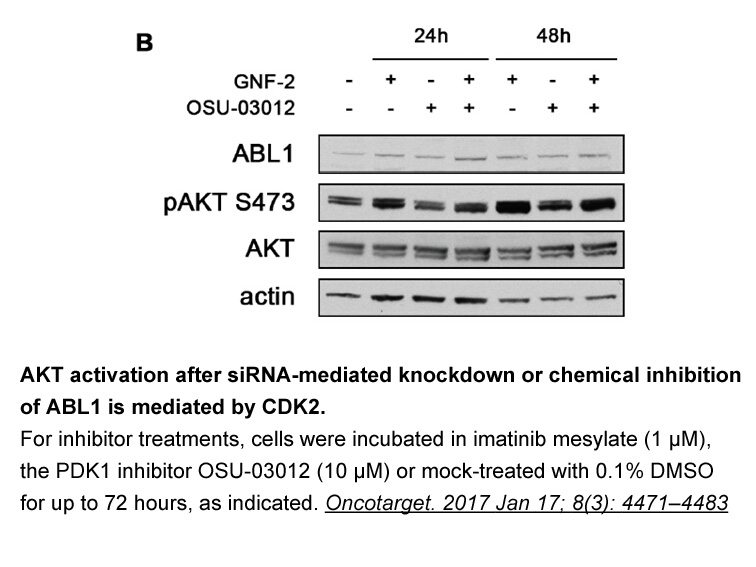
Ala, a branched chain amino acid, has been reported to play a functional role in intracellular pH regulation, and it typically accumulates in response to various stresses (Limami et al., 2008, Rocha et al., 2010). Our data demonstrated that increasing Cd concentrations at lower Cd doses resulted in
-
Introduction Myasthenia gravis MG is an autoimmune disorder
2024-10-08
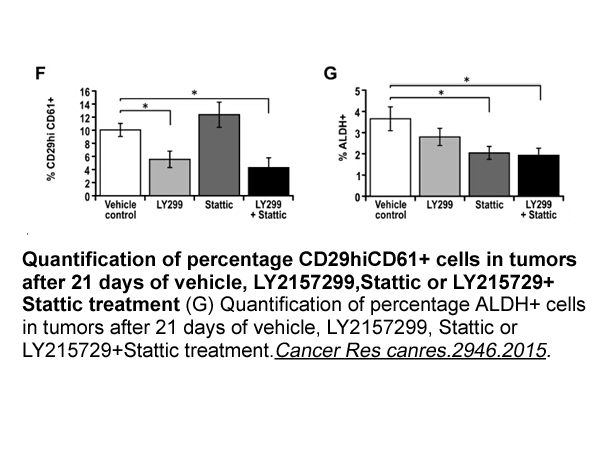
Introduction Myasthenia gravis (MG) is an autoimmune disorder characterized by muscle weakness, which is mainly due to autoantibodies reducing the number or function of postsynaptic hcv protease inhibitors receptors (AChRs) [1], [2]. Animal models have been developed to uncover the immunopathogene
-
The subdivision of HT receptors started in the
2024-10-08
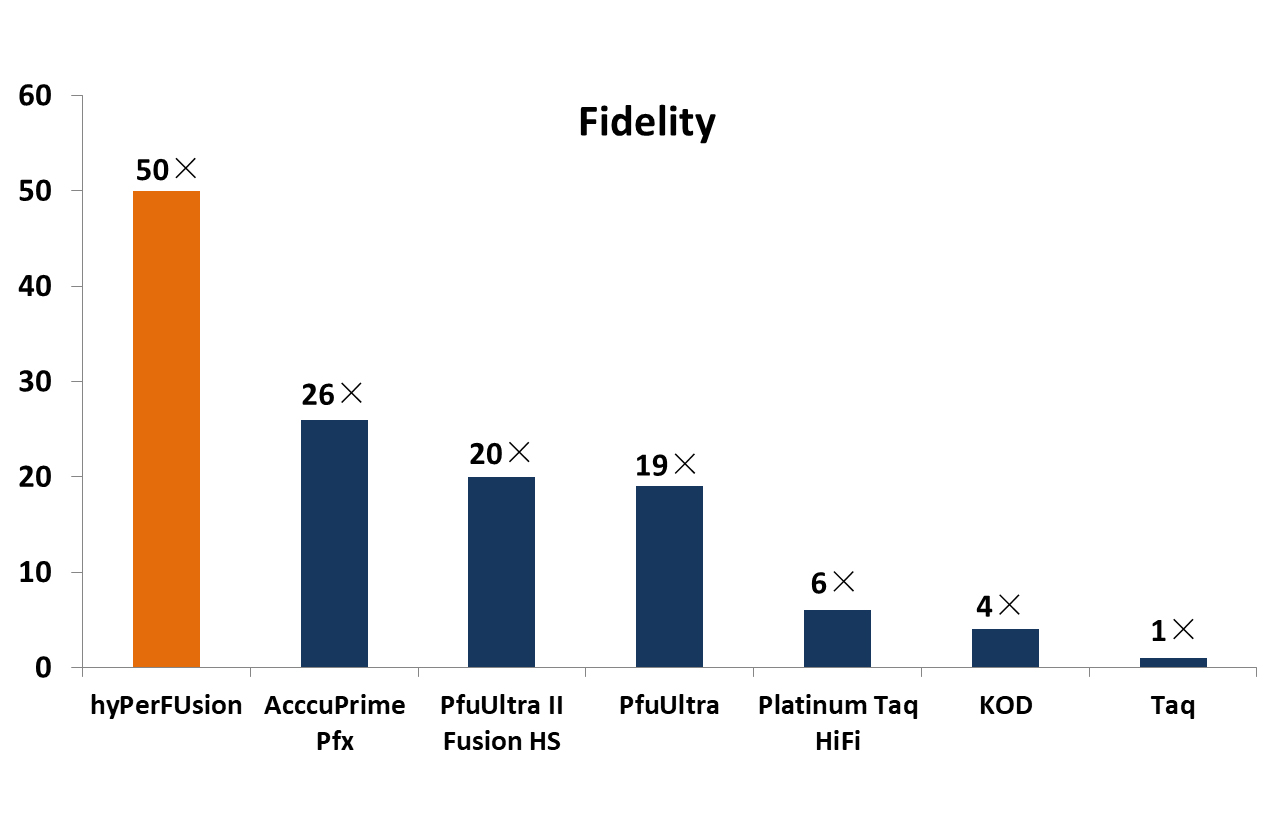
The subdivision of 5-HT receptors started in the 1950s by Gaddum and colleagues, when they realised that in the guinea pig ileum, the effects of 5-HT could be blocked in part by morphine (M), and in part by dibenzyline (D). Gaddum and Picarelli proposed two receptor classes, 5-HT M and 5-HT D (1957)
-
A rational approach for the
2024-10-08

A rational approach for the design of new steroid compounds as possible competitive inhibitors of CYP17 include chemical modification at C17 of the enzyme's natural substrates, pregnenolone (1) and progesterone (2), introducing groups with moderate to strong dipole properties at C20, such as oxime a
-
Regarding brain tumors AXL has been implicated
2024-10-08
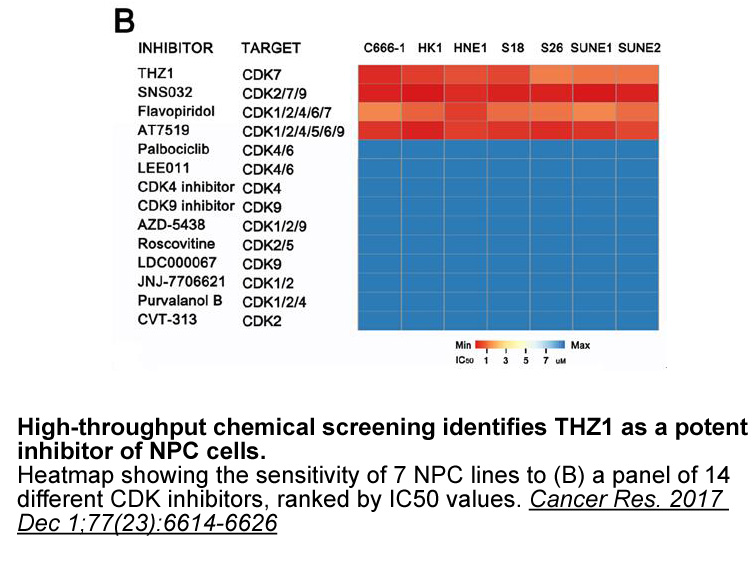
Regarding 97 9 tumors, AXL has been implicated in gliomagenesis and chemoresistance [39]. Previous investigations found that AXL is constitutively phosphorylated in many glioma cell lines, murine xenograft tumors and primary patient tumor samples [40]. Immunohistochemical analysis of AXL and Gas6 d
-
The mechanism by which Gas prevents inflammation has been re
2024-10-08
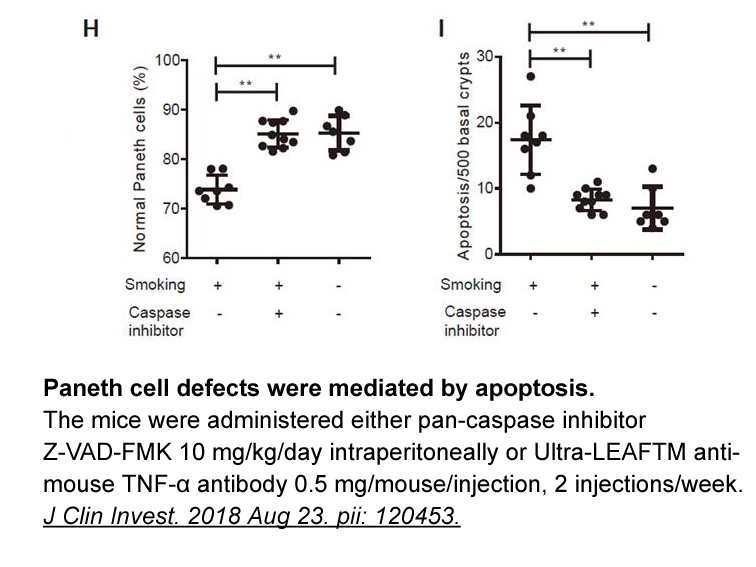
The mechanism by which Gas6 prevents inflammation has been reported to be via inhibition of Toll-Like receptors (TLRs) signaling (Cui et al., 2016). After injury, TLRs become stimulated, leading to downstream activation of TRAF3 and TRAF6 and translocation of several transcription factors, such as I
-
Recently the FDA approved the first blood based
2024-10-03
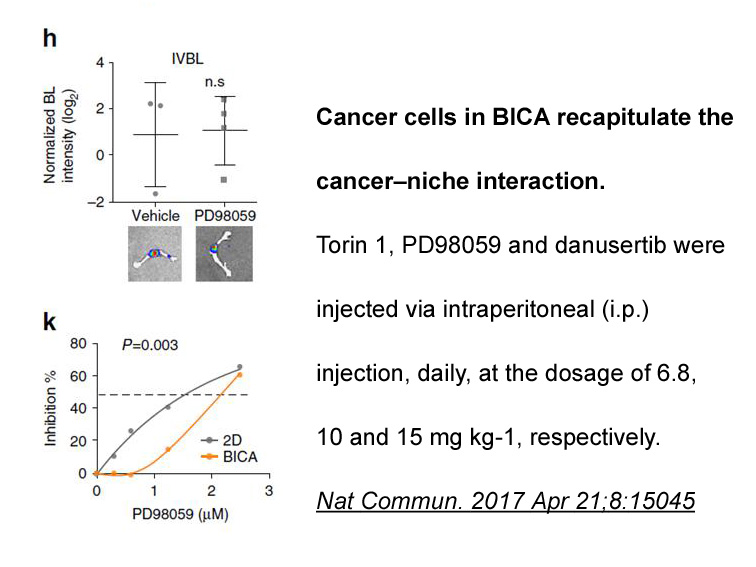
Recently, the FDA approved the first blood-based test for the detection of EGFR mutations in non-small cell lung cancer patients (http://www.fda.gov) (Voelker, 2016). This allows detection of specific, recurrent mutations, which can help the selection of the patients that could benefit from Erlotini
-
Application of the broad acting HTR antagonist methiothepin
2024-10-03

Application of the broad-acting 5-HTR antagonist methiothepin (Bard et al., 1996, Hoyer et al., 1994, Peroutka, 1990) converted the TBS-induced response of both thalamocortical and intracortical A1 synapses from LTP to LTD, an effect that was mimicked by the selective 5-HT2R antagonist ketanserin (L
-
Although the immobilization by histidine tag exhibits effect
2024-10-03
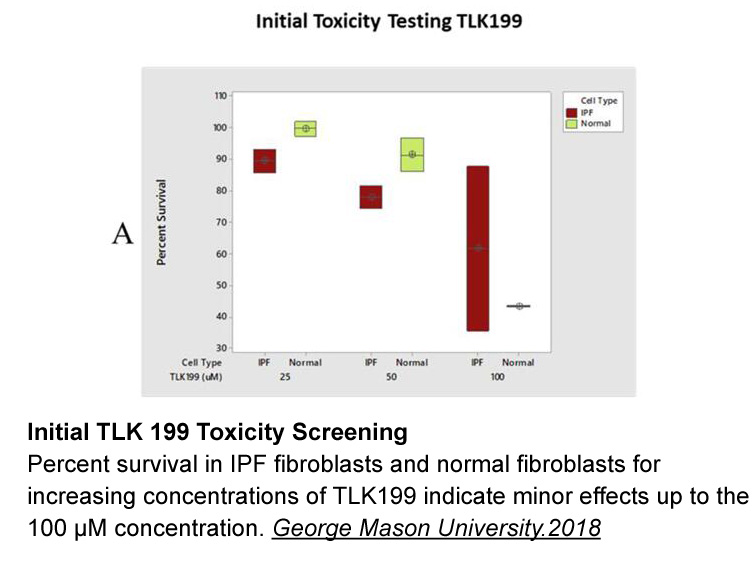
Although the immobilization by histidine tag exhibits effectiveness in oriented enzyme immobilization, it still faces some challenges [31]. On one hand, some unnecessary metal-binding proteins that interfere with the combination between the target protein and the supports or the additional interacti
-
The difference in the mean values of
2024-10-03
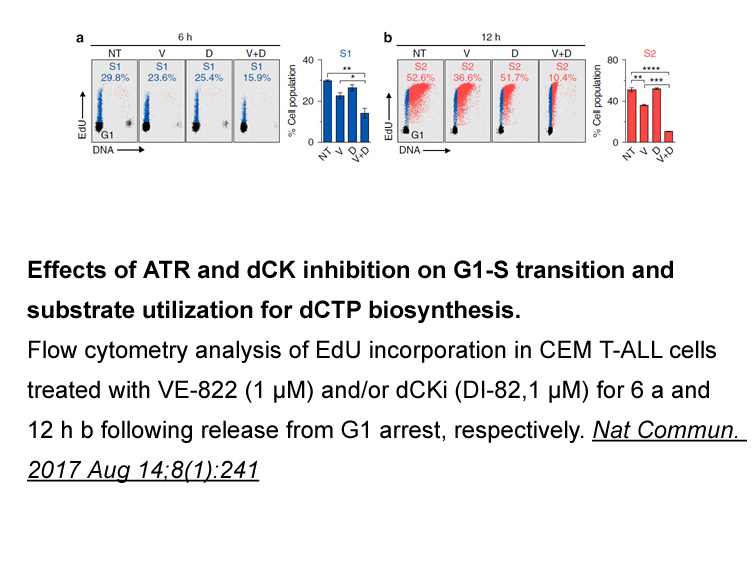
The difference in the mean values of serum ADA in sputum positive PTB and controls was found to be highly significant (P Discussion Tuberculosis is a major health problem in India, and out of all its forms PTB is the commonest. A definite diagnosis of PTB can be made with the presence of WM-1119 r
-
Genetic observations from these studies suggest that GMF
2024-10-03
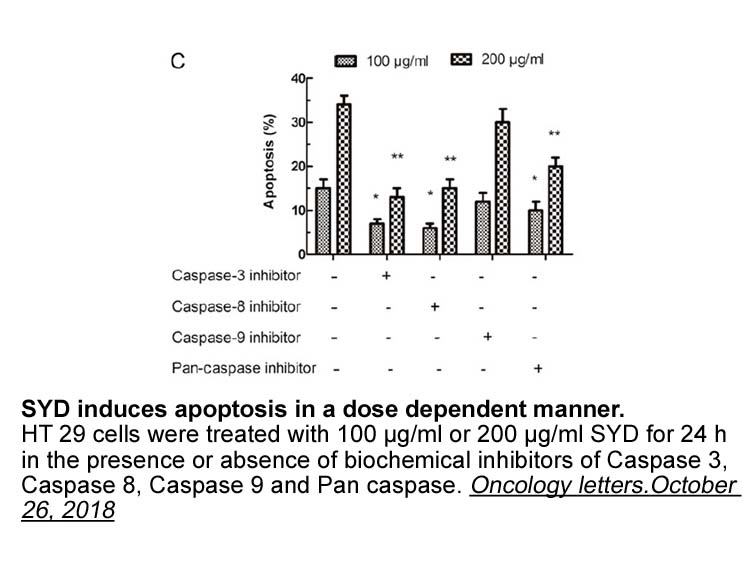
Genetic observations from these studies suggest that GMF regulates Arp2/3 complex and gallic acid dynamics in vivo13, 14. Budding yeast Gmf1 localizes to cortical actin patches, sites of endocytosis assembled by Arp2/3 13, 14. Furthermore, deletion of GMF1 exacerbates the growth defects of a cof1-2
-
thyrotropin releasing hormone Based on these findings the ti
2024-10-01
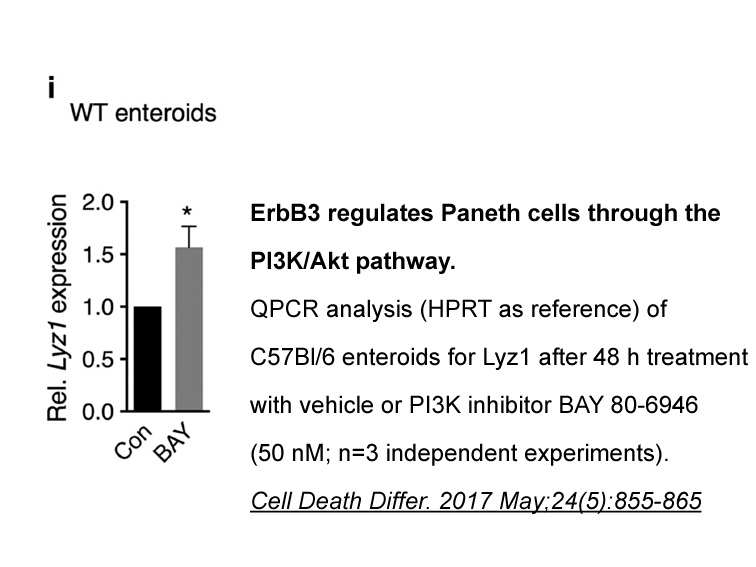
Based on these findings, the time point for manipulating autophagy may also determine its role, whereby autophagy induction performed before ischemia could play a protective role but have an opposite effect once ischemia/reperfusion has occurred. This hypothesis is further supported by the protectiv
-
br The role of apelin
2024-10-01
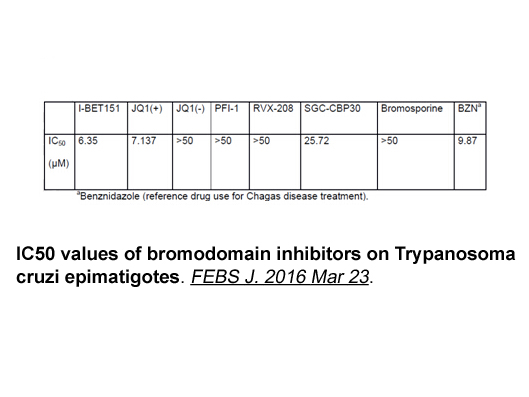
The role of apelin in respiratory diseases At present, several scientific studies have suggested that the apelin/APJ system may play an important role in the development of pulmonary diseases (Table 4). For example, in an experiment on rats suffering from acute lung injury, apelin-13 decreases th
14621 records 70/975 page Previous Next First page 上5页 6667686970 下5页 Last page